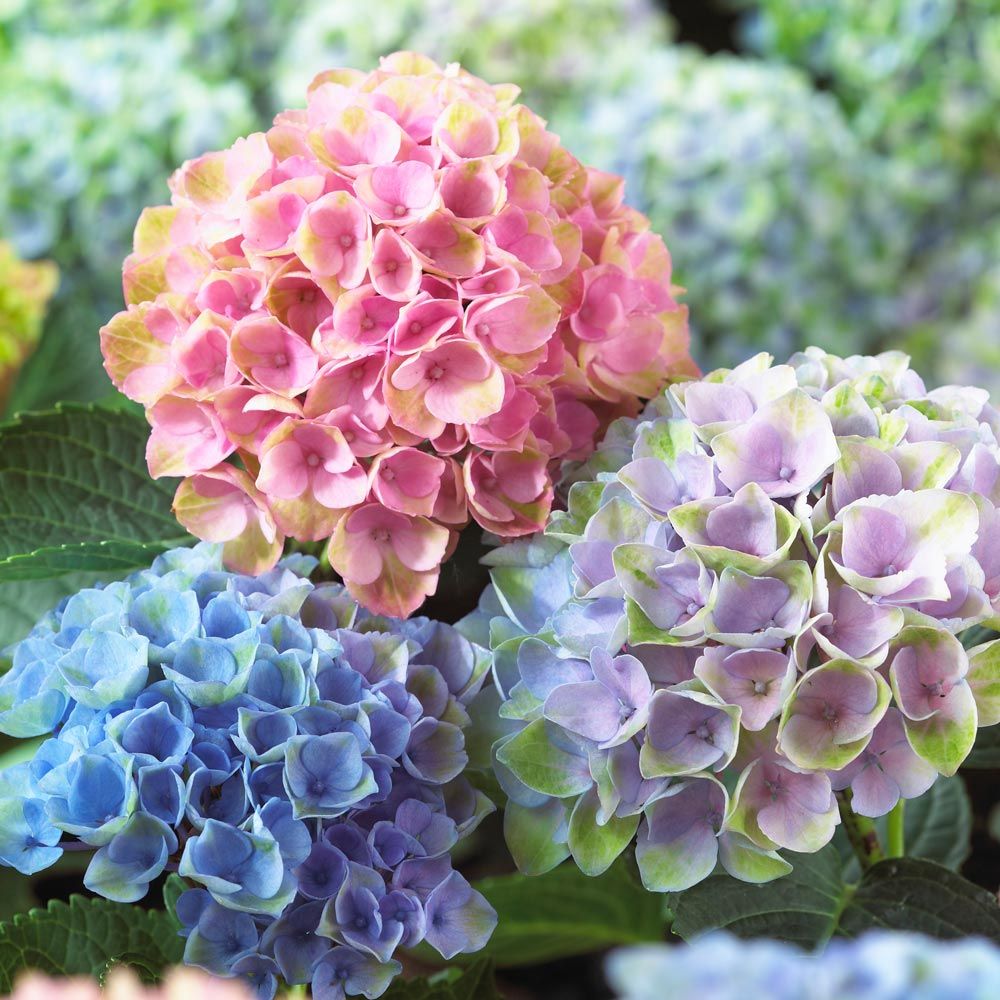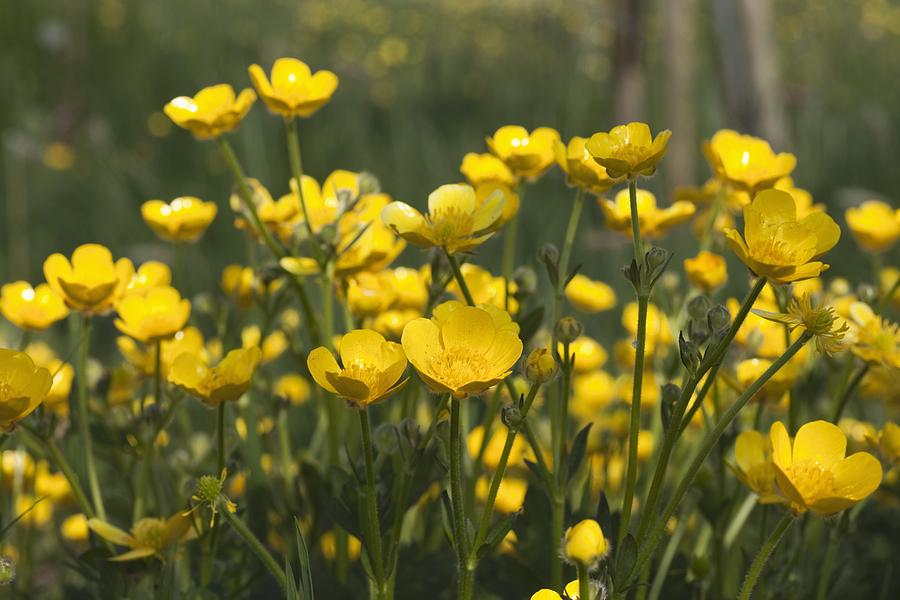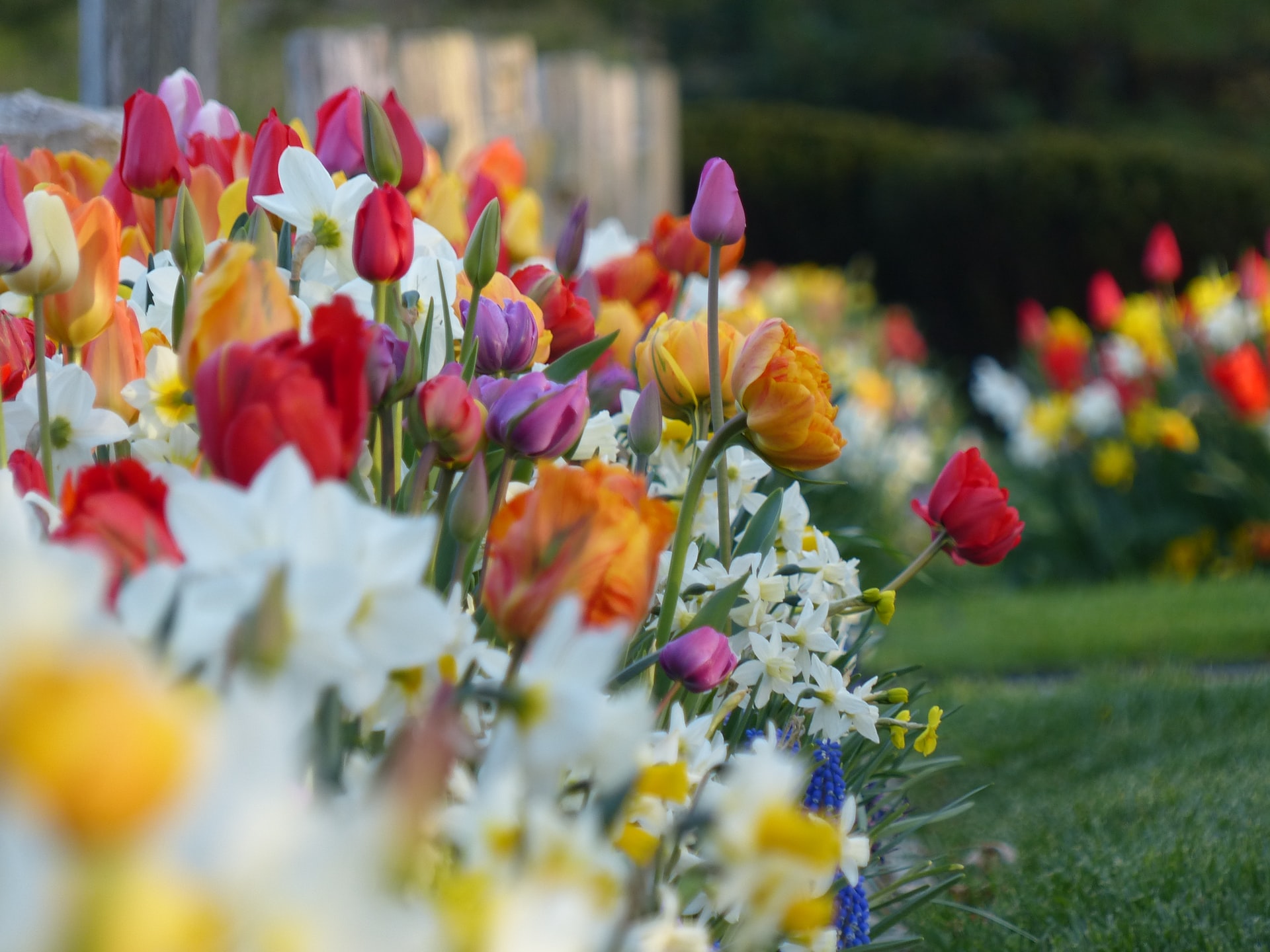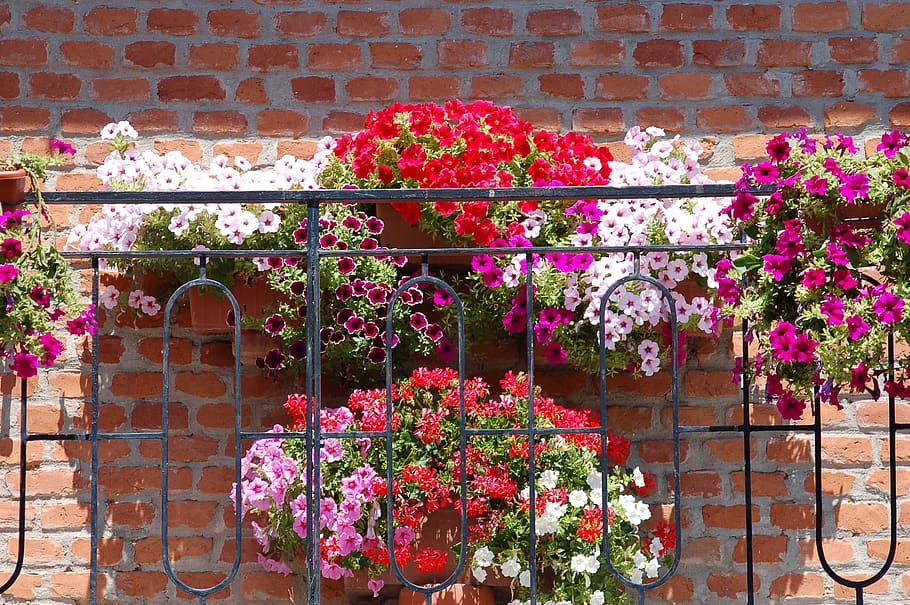Hydrangeas are much-loved deciduous hardy shrubs, some of which are climbers. Their striking flower heads come in a range of shapes, from large balls to cones. The most popular and recognizable types are mophead and lacecap, with large, rounded flower heads in shades of white, blue and pink in summer and autumn.
There are compact varieties for smaller spaces or containers, double-flowered and bi-coloured choices, and varieties that offer a change of colour as the flowers mature. There are even varieties that flower on old and new wood, flowering twice. Some have scented flowers; others have beautiful autumn foliage. This means there’s a hydrangea for every garden, whether you’re looking for a more traditional style for a cottage garden or shrub border, or a more contemporary or urban look.
Take a look at our comprehensive guide on hydrangea care below.
How to Grow Hydrangeas
Hydrangeas do best in moist, well-drained soil and dappled shade – not too sunny and not too shady. Avoid south-facing positions, especially if the soil is very dry. For a very shaded spot, such as a north-facing wall, grow the climbing variants. The young growth is prone to frost damage in spring, so avoid planting in a frost pocket and plant away from strong winds.
Hydrangeas will thrive in most soil types, including alkaline and acidic soil. However, the pH of the soil will change the colour of the flowers of some varieties. Some plants that usually offer pink flowers will appear blue if the soil is acidic. The best time to plant hydrangeas is in spring or autumn when the soil is warm and moist. Planting in summer is doable, but you’ll have to keep an eye on moisture levels in the soil.
When planting climbing hydrangeas, train them initially onto galvanized wires. After a season of growth, they’ll make their own way as they have self-clinging roots. Mulch hydrangeas every year in spring, with leaf mould, well-rotted manure or compost. They don’t need feeding, as this encourages leafy growth at the expense of flowers.
Changing the Colour of Hydrangeas
You can change the colour of the flowers on lacecap and mophead hydrangeas and Hydrangea Serrata from pink to blue by feeding with a fertilizer low in phosphorous and high in potassium. Alternatively, you can grow your plant in a pot of peat-free ericaceous compost and water with rainwater to keep the flowers blue.
Changing hydrangea flowers from blue to pink is trickier. You will need to raise the pH by adding dolomitic lime. It’s quite common for a plant to produce a few different coloured flowers on one plant in the first year of growth. Few gardeners concern themselves with trying to change the flower colour – but it’s interesting to know why plants may vary.
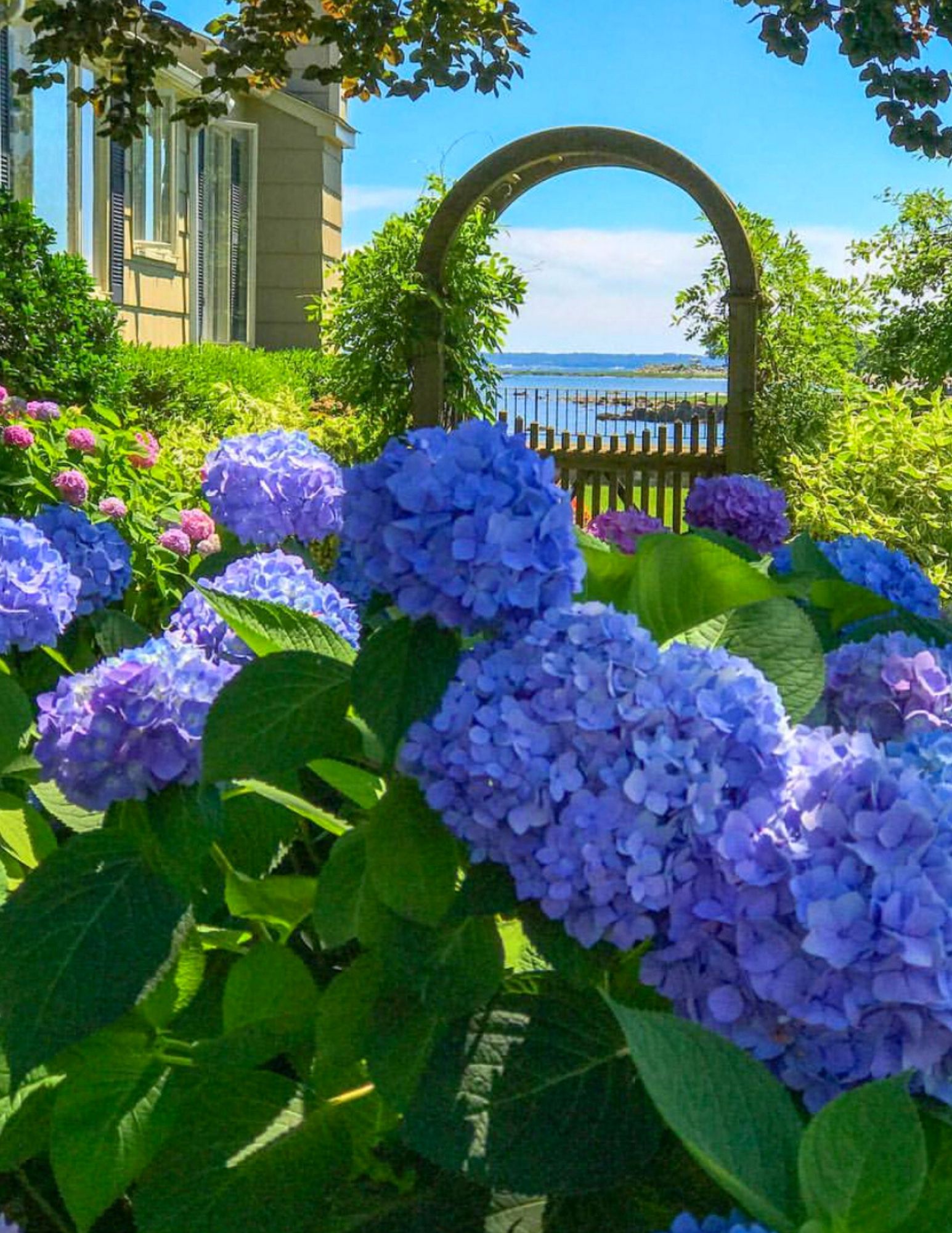
5 Popular Hydrangea Species
Hydrangea is a large genus containing more than 70 species, but only a handful are commonly grown as landscape plants.
Bigleaf hydrangeas (Hydrangea macrophylla): These deciduous shrubs have a rounded habit and typically grow 3–6 feet high, with large, serrated leaves that are oval or elliptical. The long-blooming flowers that appear in summer are either “lacecap” in form, with flattened flower clusters, or “mophead,” with globe-shaped flower heads. The colour-changing wonders of the hydrangea world hail from the bigleaf group. These shrubs produce flowers that are pink in alkaline soils and blue in acidic soils.
Panicle hydrangeas (Hydrangea paniculata): These deciduous shrubs are considerably larger than bigleaf or smooth hydrangeas, sometimes growing as much as 15 feet high if not kept pruned. The flower clusters, blooming in late summer, have a distinctive cone shape, not the round balls seen on other types.
Oakleaf hydrangeas (Hydrangea quercifolia): These are upright, multi-stemmed shrubs growing 6–8 feet high with large lobed leaves that resemble those of an oak tree. The flowers, ranging from white to purplish-pink, appear in late spring to midsummer.
Climbing hydrangeas (Hydrangea anomala petiolaris): These are deciduous woody vines with a sprawling habit. They can grow as long as 50 feet, with serrated leaves and white, flat-topped flower clusters that appear in early summer. This species clings easily to any structure or will ramble over the ground as a ground cover plant.
Smooth hydrangeas (Hydrangea arborescens): These are quite similar in appearance to the bigleaf hydrangea, but the leaves of this group are smoother in texture. Smallish shrubs, rarely growing more than 5 feet high, these very cold-hardy plants have an exceptionally long bloom period.
Does your garden have a few hydrangea shrubs to liven it up? Share your favourite varieties in the comments below.
